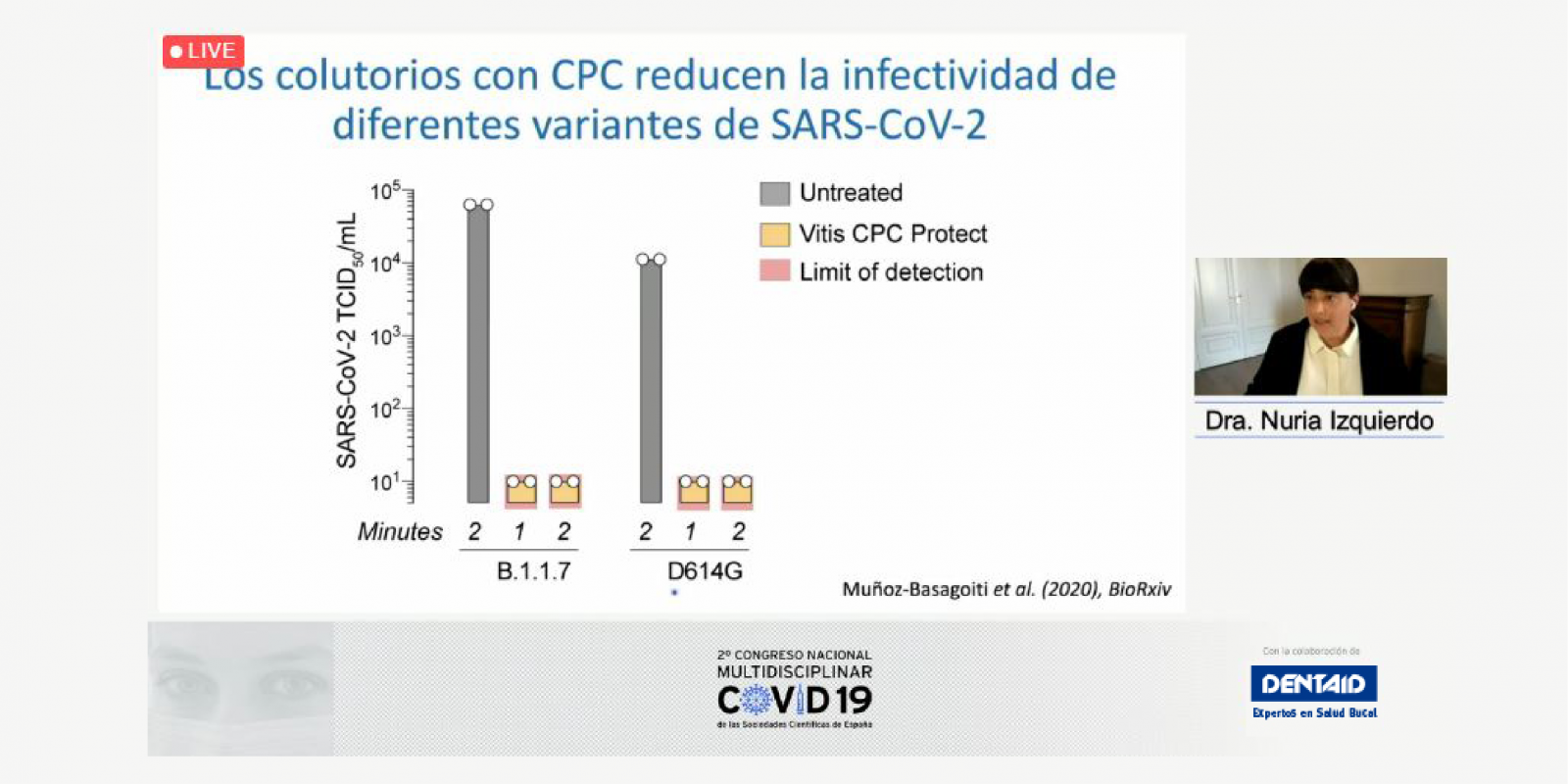DENTAID Oral Health
News for pharmacy professionals
The relation between gum disease and pregnancy
07 Nov 2011
There are times in a woman’s life that, due to hormonal changes, she is more susceptible to inflammation and periodontal disease: puberty, contraceptive use, pregnancy and menopause.
There are times in a woman’s life that, due to hormonal changes, she is more susceptible to inflammation and periodontal disease: puberty, contraceptive use, pregnancy and menopause.
Two distinct groups of periodontal diseases exist. When they affect only the gums, causing a reversible inflammatory response, it is called gingivitis. Not treating gingivitis in the presence of other factors (i.e. genetic or environmental) can cause the onset of periodontitis, which besides producing gingival inflammation, also causes a deeper destruction affecting other periodontal tissues, including the alveolar bone, dental cement and periodontal ligament.
Gingival inflammation during pregnancy is known as gingivitis gravidarum. The prevalence of gingivitis gravidarum ranges between 36 and 100% according to the literature; however, it goes down to 0.03% in women that enter pregnancy with healthy gums. This is why it is important to make sure gums are healthy or treated, if necessary, before pregnancy. Pregnancy gingivitis is brought about by hormonal changes that affect gingival blood vessels, the function of periodontal cells, bacteria in plaque and the local immune system. If proper prevention is not carried out and pregnancy gingivitis appears, gingival inflammation may be present throughout the gestational period, being more severe in the front teeth and in interproximal sites. Three months after labour, gums tend to return to their initial condition. During pregnancy granuloma gravidarum, otherwise known as pregnancy tumour can also appear. It is an exaggerated proliferative fibrovascular inflammatory response associated with a common stimulant mainly affecting the gums. It is described as a localised, nodular or ulcerated, red or reddish, black-and-blue mass, that bleeds easily and that is common among women (0.5-5%) around the second trimester of pregnancy and grows throughout the trimester, usually reaching a size of no more than 2 cm. If the pregnant woman has gingivitis or periodontitis, she will be at greater risk for pre-term labour or having a low birth-weight baby
.
Recommendations
A proper oral hygiene technique (toothbrush, interproximal brushes and/or dental floss) is essential not only for reducing gingival inflammation but also for preventing possible pregnancy complications (pre-term labour or low birth-weight baby).
Regular visits to the periodontist can prevent, or help identify, gingivitis gravidarum so that it can properly be treated
.
With the collaboration of:
www.sepa.es
www.cuidatusencias.es
RELATED ARTICLES

07 Oct 2021
Warding off the smoke from the dental clinic
Kicking the smoking habit is the best thing a smoker can do for their present and future health, gaining in quantity and quality of life. The task is…

21 May 2021
Deciphering the role of oral health and hygiene during COVID-19
The mouth is one of the main paths of entry into the body for many microorganisms that can multiply and cause infections in both the mouth itself and…

12 Apr 2021
10 things you need to know about diabetes and periodontitis
It has been found in recent years that the link between periodontitis and diabetes is bidirectional. While diabetes increases the risk of periodontal…
Sign up for the DENTAID Oral Health newsletter
Sign up for the newsletter